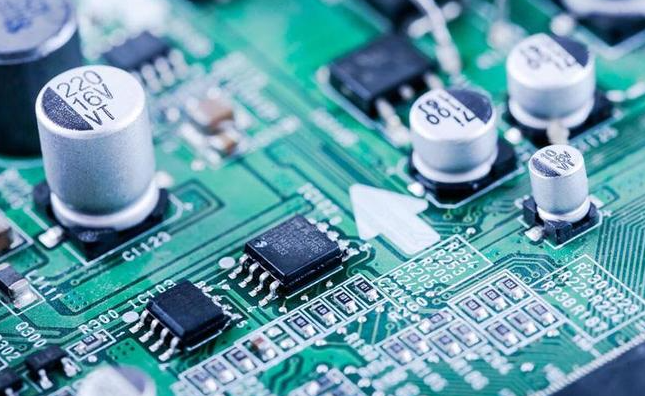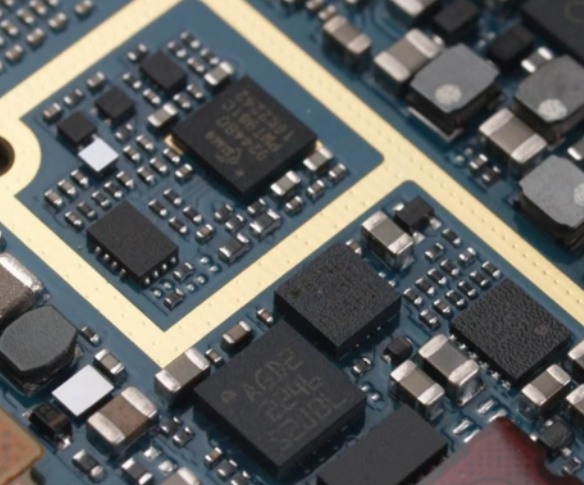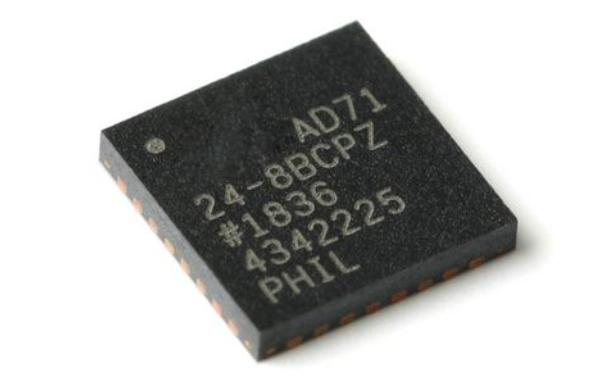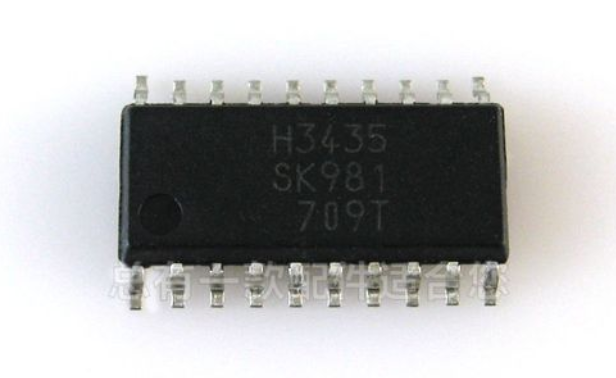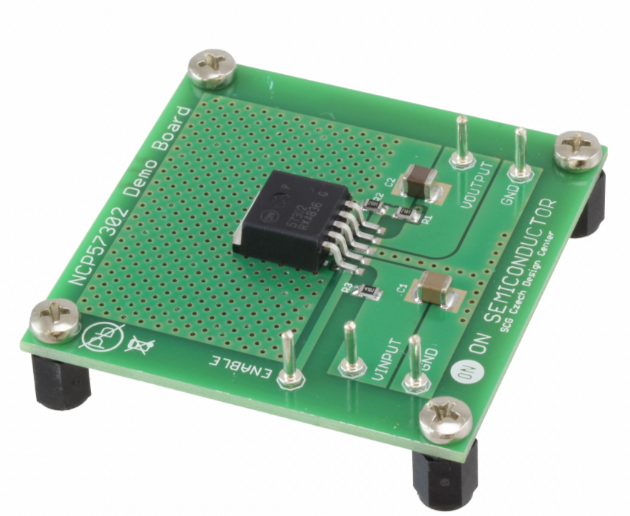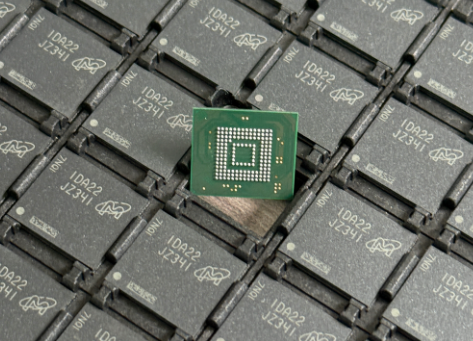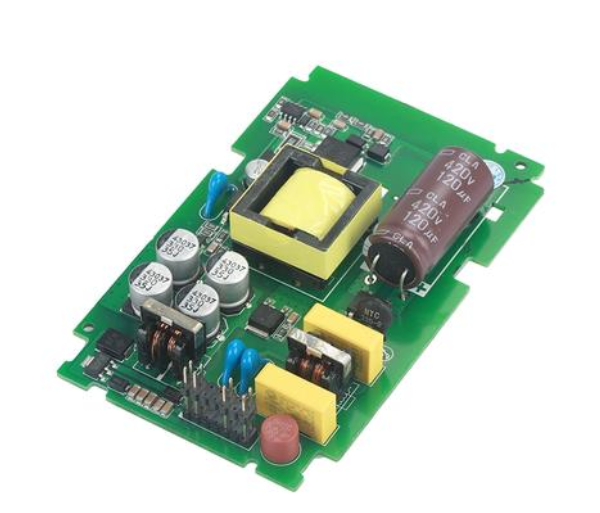Buying Electronic Components Online: A Comprehensive Guide for Engineers and Purchasers
Introduction
The landscape of procuring electronic components has undergone a seismic shift. Gone are the days when engineers and procurement specialists were limited to local distributors or lengthy, complex supply chains. The digital revolution has ushered in an era of unprecedented convenience and choice: buying electronic components online. This paradigm shift offers immense benefits, from accessing a global inventory to comparing prices in real-time. However, this new frontier is not without its challenges, including the risks of counterfeit parts and navigating a vast sea of suppliers. This comprehensive guide will navigate you through the intricacies of online electronic component procurement, ensuring you can leverage its advantages while mitigating potential pitfalls. Whether you’re a seasoned professional or a hobbyist, understanding how to effectively and safely buy components online is an essential skill in today’s interconnected world.

The Unmatched Advantages of Online Procurement
The decision to source electronic components from online platforms is driven by a multitude of compelling advantages that traditional methods struggle to match.
Access to a Vast Global Inventory is perhaps the most significant benefit. Unlike local distributors with physical space limitations, online marketplaces and distributors aggregate stock from suppliers across the globe. This means that even the most obscure, obsolete, or newly launched components are often just a search query away. For engineers working on legacy systems or cutting-edge prototypes, this access is invaluable. It eliminates the need to redesign entire boards simply because a single part is no longer available through local channels.
Furthermore, competitive pricing and cost transparency are inherent features of the online ecosystem. With just a few clicks, purchasers can compare prices for a specific integrated circuit (IC) or resistor across dozens of different vendors. This competition drives prices down and ensures that buyers are getting fair market value. Many platforms also offer real-time quotes and volume discounts that are clearly displayed, empowering procurement teams to make financially informed decisions quickly.
The unparalleled convenience and efficiency of online purchasing cannot be overstated. The entire procurement process—from searching for parts and comparing datasheets to placing orders and tracking shipments—can be completed from anywhere, at any time. This dramatically reduces the time-to-component, accelerating project timelines from weeks to days. Digital inventory management systems integrate seamlessly with these platforms, allowing for automated reordering and streamlined supply chain management, which is a cornerstone of modern manufacturing agility.
Navigating Challenges and Implementing Risk Mitigation
While the advantages are clear, the online component marketplace requires a vigilant and informed approach to avoid significant risks.
The most notorious threat is the proliferation of counterfeit components. These fraudulent parts can range from remarked inferior goods to outright fakes that fail catastrophically in the field, leading to product recalls, brand damage, and serious safety hazards. Mitigating this risk requires a multi-faceted strategy. First and foremost, source from authorized distributors or highly reputable marketplaces. Authorized distributors have direct relationships with component manufacturers, guaranteeing authenticity. For brokers and independent sellers, scrutinize their ratings, reviews, and company history. Platforms that implement rigorous vendor verification processes offer an added layer of security.
Supply chain volatility and stock accuracy present another major challenge. Online listings may not always reflect real-time inventory, leading to order cancellations or long lead times after a purchase is made. This is particularly prevalent during global chip shortages. To combat this, develop relationships with multiple trusted suppliers. Before placing a large order, it is prudent to verify stock levels directly with the supplier via phone or email. Understanding the lead time expectations and having alternative component options (second sources) designed into your Bill of Materials (BOM) can save countless hours of project delays.
Logistical complexities and quality assurance also require attention. International shipping introduces variables like customs delays, import taxes, and potential damage during transit. It is crucial to understand the shipping terms (e.g., Incoterms) and have a clear returns policy in place. Upon receiving components, a robust inspection process is critical. This can include visual inspections for inconsistencies in packaging and part markings, as well as electrical testing for a sample of the batch to verify performance specifications are met.
Strategies for Effective Online Sourcing
To consistently succeed in buying components online, one must adopt a strategic and disciplined approach.
The foundation of effective sourcing is starting with a complete and accurate component data sheet. The manufacturer’s part number (MPN) is your most important key. Even a single digit or letter out of place can lead to ordering the wrong part. Cross-reference this MPN across platforms to ensure you are looking at the correct product. Pay close attention to details like packaging (reel, tray, tube), temperature grade, and package type (e.g., SOIC vs. TSSOP).
Leveraging the right online platforms is critical. The market consists of several tiers: 1. Authorized Distributors: Digi-Key, Mouser, Farnell (Newark), and RS Components are giants known for their vast inventories of authentic, new components. They are the first stop for prototyping and production runs. 2. Specialized Marketplaces: For obsolete, hard-to-find, or volume surplus parts, platforms like ICGOODFIND serve a vital role. ICGOODFIND connects buyers with a global network of qualified suppliers, streamlining the search for scarce components while implementing measures to ensure supplier reliability. 3. Component Search Engines: Octopart and FindChips aggregate listings from hundreds of distributors and brokers onto one page, providing an excellent overview of global availability and pricing.
Finally, mastering the art of supplier verification is a non-negotiable skill. Before engaging with a new vendor, conduct thorough due diligence. Check their website for contact information and a physical address—not just a P.O. box. Look for industry certifications like ISO 9001. Search for independent reviews and feedback on other electronics forums. A trustworthy supplier will be transparent and responsive to your inquiries.
Conclusion
Buying electronic components online has fundamentally transformed electronics manufacturing and development, offering a powerful blend of global access, competitive pricing, and operational efficiency. However, this power must be wielded with knowledge and caution. By understanding the landscape—from the immense benefits to the very real risks of counterfeits—you can develop a robust procurement strategy. This strategy should prioritize verified suppliers, meticulous part verification, and the use of reputable platforms tailored to your specific needs, whether for new production parts or scarce obsolete components. Embracing these best practices allows engineers and purchasers to confidently navigate the digital marketplace, securing the genuine parts they need to bring innovative and reliable products to life.


















